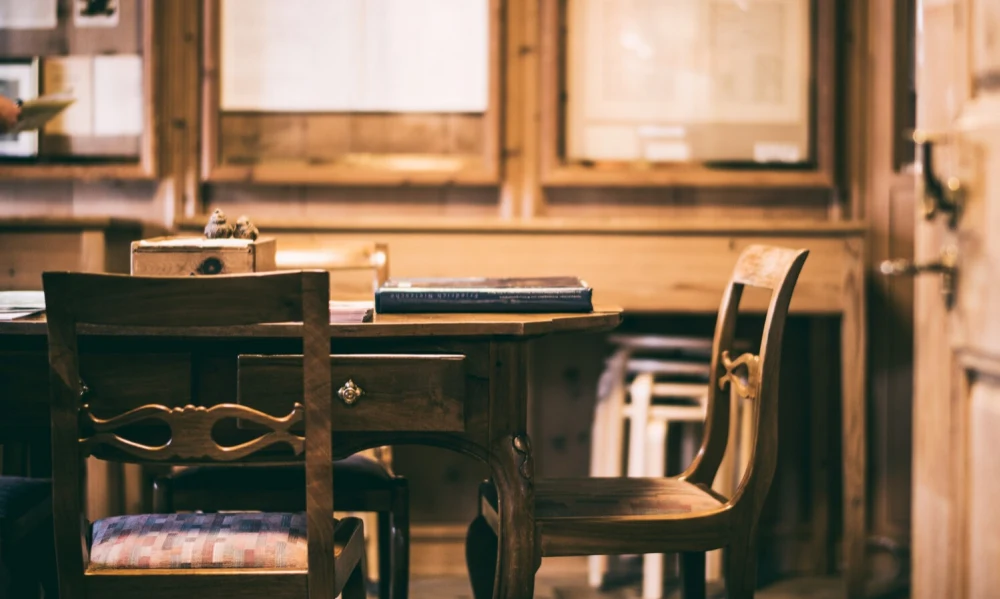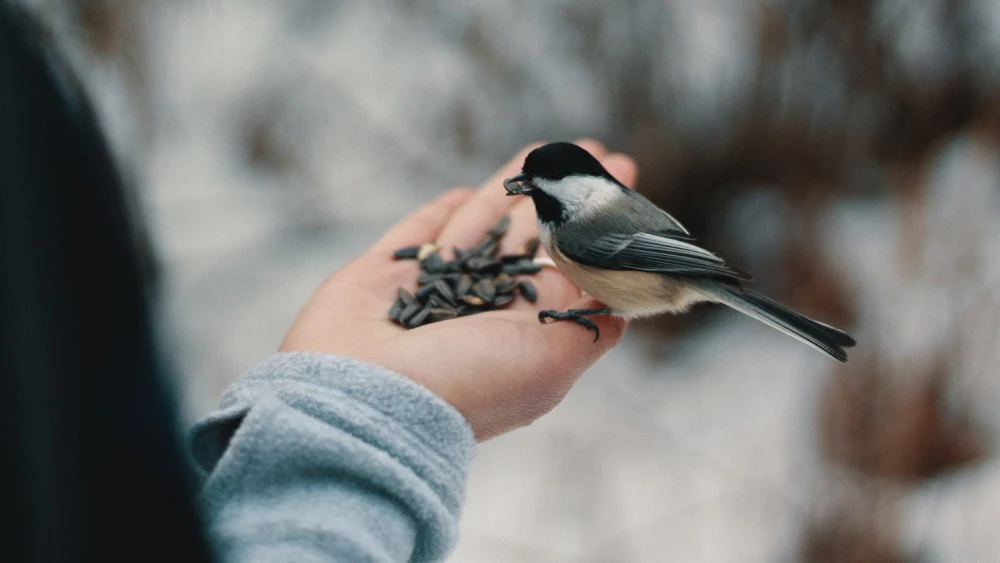FORUM PARACELSUS – SOURCES OF HEALING POWER

As a natural source of iron and carbonic acis, the mineral springs of St. Moritz achieved great fame for their healing properties in the Middle Ages. It was the naturopath Paracelsus who was responsible for discovering these healing powers. The spa is still standing today.
TIP: Learn more about the St. Moritz' famous soft water on a tour followed by a tasting session.
ISOLA

It’s often said that the way is the goal – and nowhere does this apply more than on the path to Isola. The first part of the route, which winds from Majola through the forest to Plaun da Lej, can be completed in just 40 minutes: scarcely long enough to drink in the beauty of the snow-topped trees. Upon arrival at the fishing village of Plaun da Lej, the last and most exciting segment awaits: the path across the frozen Lake Sils.
TIP: Lake Sils is best experienced in the late afternoon, when the sun is low. The light shimmers through the trees and creates a magical atmosphere around the water.
SWISS REFORMED CHURCH OF SAN GIAN

This picturesque church hides ancient secrets behind its walls. For many years, it was believed that the church was built in the form it occupies today; excavations have shown, however, that a mysterious chapel stood on the same site decades earlier. Today, it is somewhat of an ‘insider’s tip’ for hikers with an interest in culture. The site offers impressive views of Celerina.
TIP: The church is open to the public on Wednesdays and Fridays between 2pm and 3.30pm. Take time to devour the details of the old Gothic frescoes.
IN THE ‘HOUSE OF FAIRY-TALES’: ON THE TRAIL OF MILI WEBERS

The ‘house of fairy-tales’ is how Swiss artist Mili Weber described her mountain abode – and thanks to her artistic endeavours, it very much lived up to its name. Inside her home, the Swiss artist – known for her paintings of flower children – created a unique world above Lake St. Moritz that was as colourful as her paintings themselves. Today, the house is open to the public as a museum, with lovingly painted walls, impressive artworks and all manners of ornaments to enjoy.
TIP: Walk in the footsteps of Mili Weber: why not combine your visit to the museum with a short hike? The circular Mili Weber Trail gives a glimpse into the life and times of the artist at eight stopping points along a signposted walk.
SEVEN SUMMERS IN SILS MARIA: THE NIETZSCHE-HAUS

“Here is where I feel more at ease than anywhere else on Earth,” said Friedrich Nietzsche of the Upper Engadine. In fact, his numerous stays and extensive walks in the area were what led him to the basic concept for Thus Spoke Zarathustra, one of his best-read philosophical works. Visitors can discover interesting facts about Nietzsche’s life and work at the Nietzsche-Haus in Sils Maria, the house where Nietzsche spent seven summers during the 1880s.
TIP: The extensive Nietzsche-focused library offers curious visitors the opportunity to read up on the philosopher’s work. Be warned: the charm of the old books is quite irresistible.
THE LEANING TOWER OF ST. MORITZ

With its unusual tilt, the tower is a cultural asset of regional significance. Built in the 12th century as part of the Church of St. Mauritius, it is the only part that remains following the destruction of the church in 1893. It initially survived in its upright form, shifting some years later due to a landslide. It is now one of the most leaning towers in the world, even surpassing the Leaning Tower of Pisa.
TIP: The tower occupies a hidden place in the middle of the old town – one you’ve probably passed many times. A relaxed ramble offers the perfect opportunity to see things from a different perspective and appreciate how the tower influences the village-scape.
BIRD FEEDING IN THE STAZERWALD

Walking in the snow-covered Stazerwald (literally ‘forest of Staz’) on cold, clear winter days is an experience in itself. What makes it truly special, however, are the birds that live and fly there. Since wintertime is a particularly hungry time of year, they’ll often eat right out of your hand. Can you recognise the different species? An unforgettable experience for guests of all ages.
TIP: You don’t need to take bird food with you. The Stazerwald has numerous feeding stations geared towards hungry titmice and other species.